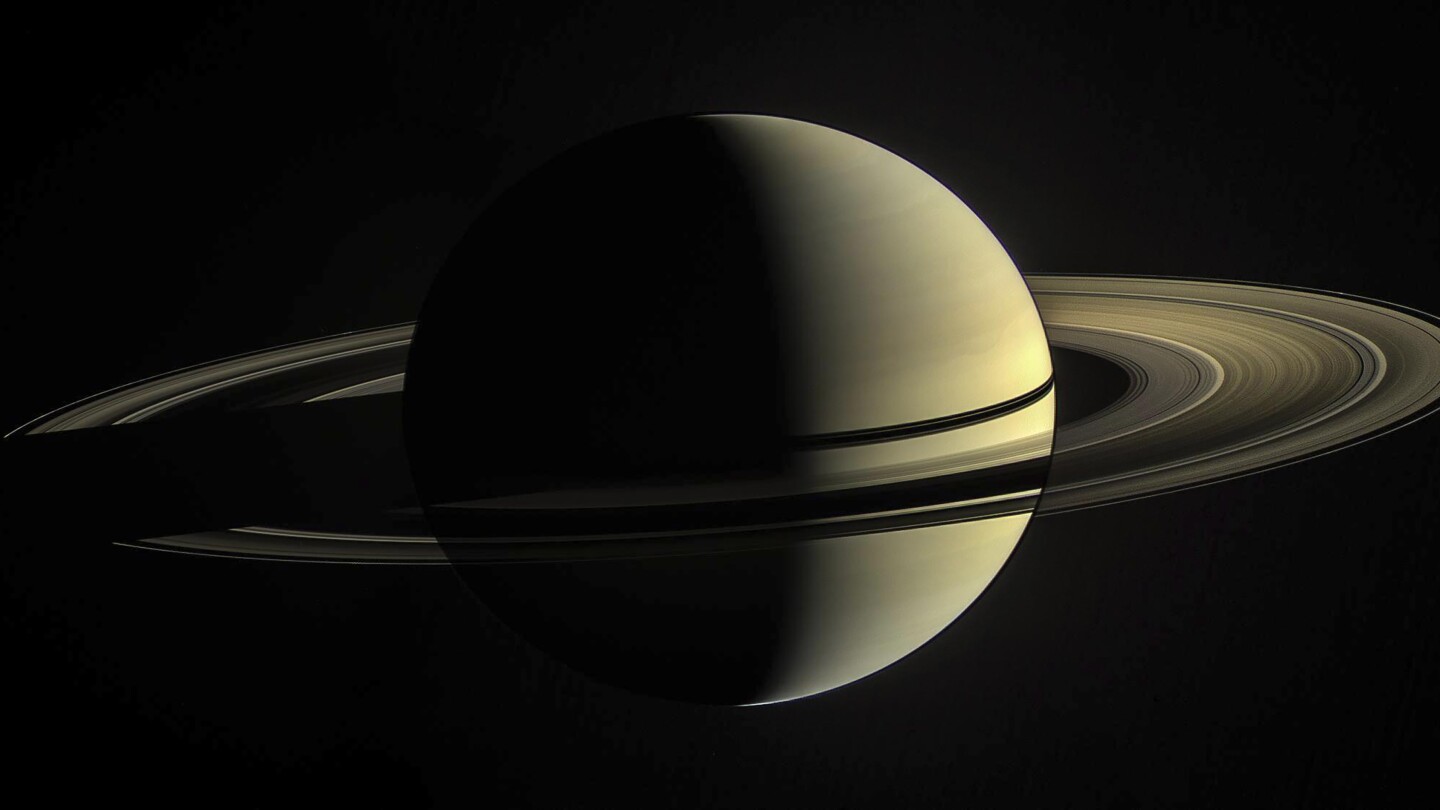Science
How old are Saturn’s rings? Study suggests they could be 4.5 billion years old just like the planet

The Age of Saturn’s Rings: A New Perspective
Saturn’s rings, one of the most iconic and awe-inspiring features of our solar system, have long been a subject of fascination and scientific inquiry. For decades, astronomers believed that these stunning icy formations were relatively young, with estimates suggesting they might be around 400 million years old. However, new research led by a team of scientists from Japan has challenged this notion, proposing that Saturn’s rings could be as old as the planet itself—approximately 4.5 billion years. This groundbreaking discovery not only reshapes our understanding of Saturn but also offers new insights into the history and evolution of our solar system.
Challenging the Previous Narrative: The Youthful Rings Theory
The previous estimate of Saturn’s rings being 100 million to 400 million years old was largely based on observations from NASA’s Cassini spacecraft, which orbited Saturn from 2004 to 2017. During its mission, Cassini provided detailed images and data that showed no significant darkening of the rings, which scientists initially interpreted as evidence of their youth. They reasoned that if the rings were older, they would have been darkened by the accumulation of dust and debris from micrometeoroids—tiny space rock particles smaller than a grain of sand. This theory suggested that Saturn’s rings formed long after the planet itself, possibly during a later stage of the solar system’s evolution.
A New Explanation: The Self-Cleansing Rings
The Japanese-led team, headed by Ryuki Hyodo from the Institute of Science in Tokyo, has now offered a different perspective. Through advanced computer modeling, the researchers demonstrated that micrometeoroids do not leave behind dark residue when they collide with Saturn’s rings. Instead, these tiny particles vaporize upon impact, creating charged particles that are either drawn toward Saturn or expelled into space. This process effectively keeps the rings clean and pristine, explaining why they do not appear darkened despite their potential age. The findings, published in the journal Nature Geoscience, challenge the "baby rings" theory and suggest that Saturn’s rings could be far older than previously believed.
The Middle Ground: A zase of 2.25 Billion Years?
While the research suggests that Saturn’s rings could be as old as 4.5 billion years, Hyodo and his team acknowledge that the rings’ age might fall somewhere in between the two extremes. They propose that the rings could be around 2.25 billion years old, a hypothesis that aligns with the solar system’s evolutionary history. During its formative years, the solar system was a chaotic place, with large planetary objects migrating and interacting in ways that could have led to the formation of Saturn’s rings. This theory suggests that the rings are not a recent addition to Saturn but rather a surviving relic from the solar system’s turbulent early days.
Implications for the Solar System’s History
The possibility that Saturn’s rings are billions of years old has profound implications for our understanding of the solar system’s history. If the rings are indeed ancient, it would mean that they have survived through eons of cosmic events, including collisions, planetary migrations, and the bombardment of space particles. This resilience raises new questions about the formation and stability of planetary systems, offering insights into how other planets and their moons evolved over time. The study also highlights the importance of reevaluating assumptions based on new evidence, as scientific understanding is often refined with advancements in technology and research methods.
The Legacy of Cassini and the Future of Space Exploration
The Cassini spacecraft played a pivotal role in shaping our current understanding of Saturn and its rings. While its mission ended in 2017, the data it provided continues to be a valuable resource for scientists. The new findings about the age of Saturn’s rings are a testament to the ongoing legacy of Cassini and the importance of continued space exploration. As future missions, such as NASA’s James Webb Space Telescope and the Europa Clipper, delve deeper into the mysteries of our solar system, we may uncover even more surprising truths about the history and evolution of our celestial neighbors. For now, the discovery that Saturn’s rings may be far older than previously thought serves as a reminder of the awe-inspiring complexity and resilience of our cosmic world.